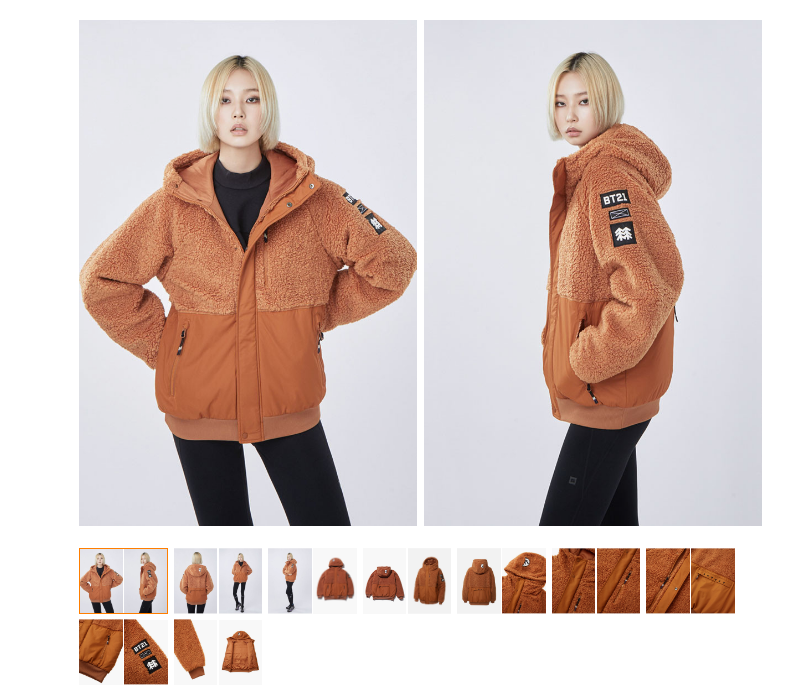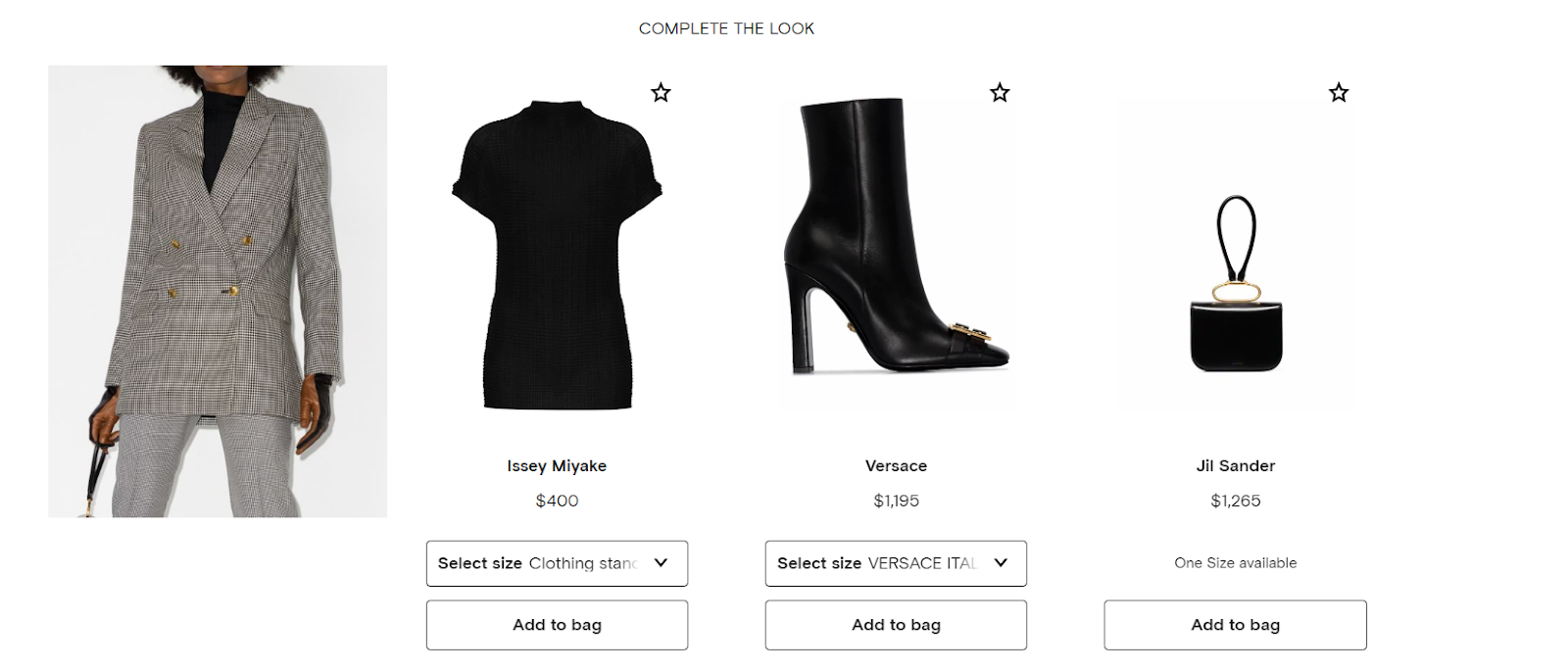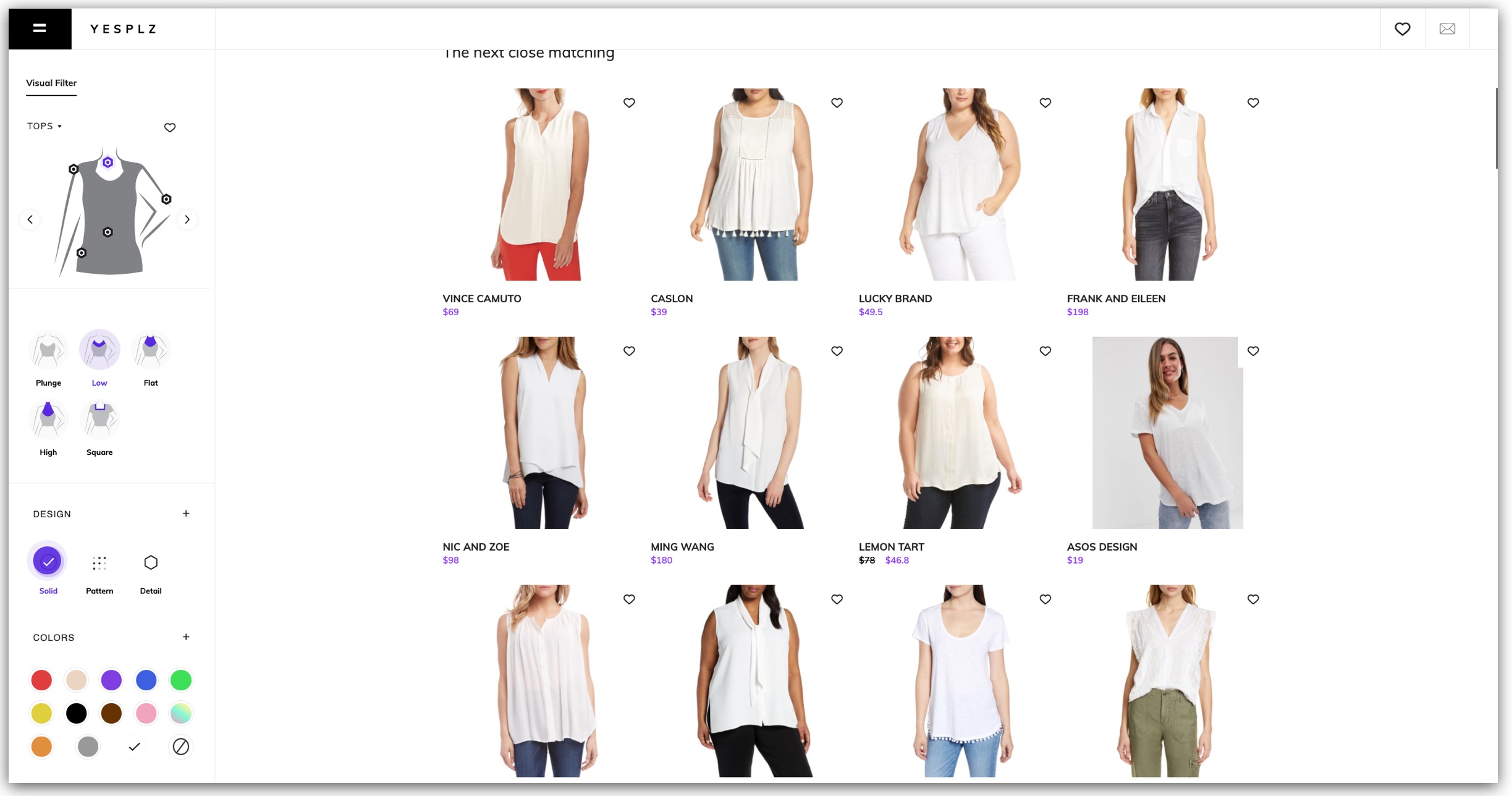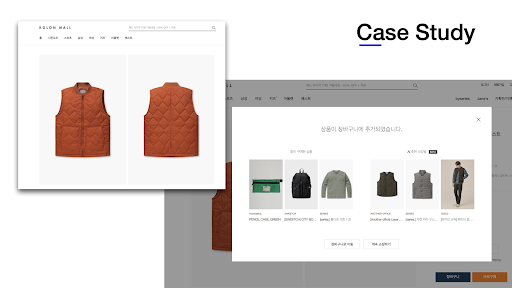With unpredictability ruling the holiday season, we break down 3 actionable steps to increase sales lift.
by Jess Erdman, Content Marketing LeadNovember 2020

Unpredictability is unfortunately the norm for 2020, with fashion retailers experiencing unexpected twists and turns over the year. In the context of a pandemic as well as shifting customer expectations, it may be difficult to determine which business decisions to apply to your brand this holiday season. However, it’s still possible to take realistic steps to ensure this holiday season is unlike any other--in the best possible way.
With the majority of the world working from home, it’s no surprise that fashion retailers are expected to continue to grow this holiday season, while brick and mortar stores are continuing to experience losses. Retailers are moving online to meet the eCommerce boom, and customer demand and retailer competition are on the rise.
Customers are expecting deep discounts to accompany top-notch online experiences. As customer expectations grow, it’s becoming more important than ever to provide a differentiated website experience. Search by image, easily understandable products, and interactive website elements are the keys to online success.
In this article, we’ll go over the top 3 considerations for your brand this holiday season, including:
1- Making your products as easy to understand as possible
2- Creating dynamic filters to capture search intentions
3- Personalizing the customer experience through fashion artificial intelligence
Looking to learn more? Sign-up for YesPlz.AI’s fashion tech newsletter to receive the latest news and articles from experts in the industry.
Imagine a customer lands on your website, and begins exploring product offerings. Through strong, colorful product descriptions, your customer begins to understand and interact with the product. But, some products can be overwhelming to read about and difficult to understand from only a picture. Customers can easily drop off during the awareness stage if product descriptions are difficult to understand.
Quick Recommendation: Include visual components in your product descriptions that go beyond traditional, wordy descriptions.
Try adding more zoomed-in images to help the customer better understand and visualize all aspects of the product, like our client Kolon Mall in South Korea:

Zoomed-in product features allow customers to understand details such as texture, fit, fabric, and stitching.
High-Impact Recommendation: Implement a fashion artificial intelligence solution that can provide similar product recommendations to complement the product exploration experience. Through fashion artificial intelligence recommendations, you can provide related products (such as a handbag for an evening gown), as well as similar dress styles (including cut, fabric, length, as well as other attributes).
The advantage of using fashion artificial intelligence? Machine-learning algorithms can identify product attributes for you, automatically grouping similar and related items. By eliminating the manual work of creating fashion taxonomies on your website, you can focus on other elements of your business, while personalizing the customer experience.
Here’s an example of Far Fetch grouping related products with a “complete the look” suggestion:

YesPlz offers AI-powered product recommendations to help your customers better understand products, as well as explore similar items.
Result: Expect a higher conversion rate on more visually-focused products, as customers are able to understand the product more deeply.
When a customer begins to search for products on your website, she’s looking to solve an initial problem, whether it’s the need for a new rug or a perfectly fitting tracksuit for their at-home Peloton class. The search process would normally involve a sales associate in a brick and mortar environment, but in eCommerce, your search engine is the next-best answer to a helpful sales associate.
A helpful sales associate listens to a customer’s feedback and provides helpful suggestions that better match the customer’s provided filters. Your search website can better capture search intentions through fashion artificial intelligence, as well as search by image.
Quick Recommendation: Use technology to add an element of the “in-store” experience, through AI chatbots, customer feedback loops, and soliciting customer opinions. There are a number of easy, low-cost solutions you can implement on your website.
High-Impact Recommendation: Implement the ability for customers to search by image to better capture their intended search. Your customers shouldn't have to be experts in fashion terminology to find what they're looking for, and oftentimes phrasing for product attributes is different across websites. You can fill this gap by using a visual Style Filter, which allows customers to show what they’re looking for, adding an extra level of feedback to the search experience.

By adding more visual filters for your customers, they can identify what they’re looking for by easily clicking and utilizing search by image.
In the example above, a customer would need to understand the difference between “souffle yarn” and “3D knit”--and cannot differentiate between cut, length, or fit.
Result: During the holiday shopping season, expect that customers will bounce from your website if search results are inaccurate. By implementing a visual filter, you can ensure that customers convert by providing them with exactly what they’re looking for.
During the checkout experience, there’s an opportunity to capitalize on an upsell, if you’re intentional about how you show items, and which items you decide to highlight. While the upsell experience at a brick and mortar store is limited to items near the cash register, in fashion eCommerce, you can be more personalized and reactive than the traditional store experience.
However, should you bundle items to provide the discounts that customers are expecting this holiday season, show related (similar-cost) items, or provide small add-ons?
The answer: it depends on the customer.
Are you:
a) only showing static, pre-programmed recommendations at checkout?
b) using collaborative filtering to group similar items (in the same product category) based on user ratings?
c) analyzing the changing customer behavior on your website to understand each unique customer and provide product recommendations across categories at checkout?
There’s a huge difference between the three, and the sales impact on your business can be significant.
Quick Recommendation: Use a technology-powered algorithm to show customers similar and recommended items at checkout to not lose out on sales opportunities.
High-Impact Recommendation: Analyze changing customer behavior on your website with fashion artificial intelligence filters that go beyond a simple filtering algorithm. At checkout, implement a fashion artificial intelligence tool that can show related items across product categories to maximize profit.
Here are the differences between product checkout recommendations:
AI-powered product filters, such as the YesPlz Product Recommendation Filter, use a proprietary algorithm based on real customer feedback about product preferences, and find even better recommendations for customers at checkout. AI-powered product filters can also help sell lesser-purchased products by showing relevant ones at checkout.
In the case of Kolon Mall, YesPlz’s Product Recommendation filter was added, resulting in a 10% higher cart value, and sales of previously ignored products sitting in inventory. As you can see below, when purchasing an orange vest, suggestions across product categories are recommended, such as backpacks, pencil cases, and sweaters.

Result: This holiday season, you may have unsold items that are ignored by customers who prefer to engage with brands/items they already know. By using the YesPlz Product Recommendation filter, you can recommend items that are similar in style, resulting in an increase in sales (Kolon Mall saw a 15% sales lift after implementing the fashion AI-powered filter).
Although this holiday season is different from the past, there’s ample opportunity for fashion retailers that are willing to integrate new technologies onto their websites. With the world working from home, expect to see new customers and high traffic on your website. Take advantage of the uptick in visitors by making your products easy to understand, creating dynamic filters to capture search intentions, and personalizing the customer experience through fashion artificial intelligence. Consider integrating search by image onto your website to make the search process even easier for customers.
Looking to learn more? Sign-up for YesPlz.AI’s fashion tech newsletter to receive the latest news and articles from experts in the industry.
Written by Jess Erdman
Content Marketing Lead
I'm passionate about creating cool content. The best part? I get to learn new things about fashion tech and ecommerce everyday. Have an idea or opinion about this article? Reach out at jess@yesplz.ai

Step into the mind of a fashion AI innovator and discover how she envisions the future of fashion retail. Here are 6 tips to successfully adopt AI in retail.
by YesPlz.AI

Ready to transform your eCommerce? Unlock 6 expert insights on adopting AI in fashion retail, and learn how to elevate your business success with AI.
by YesPlz.AI